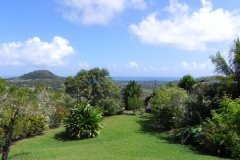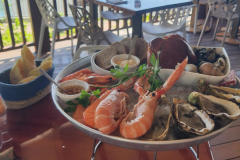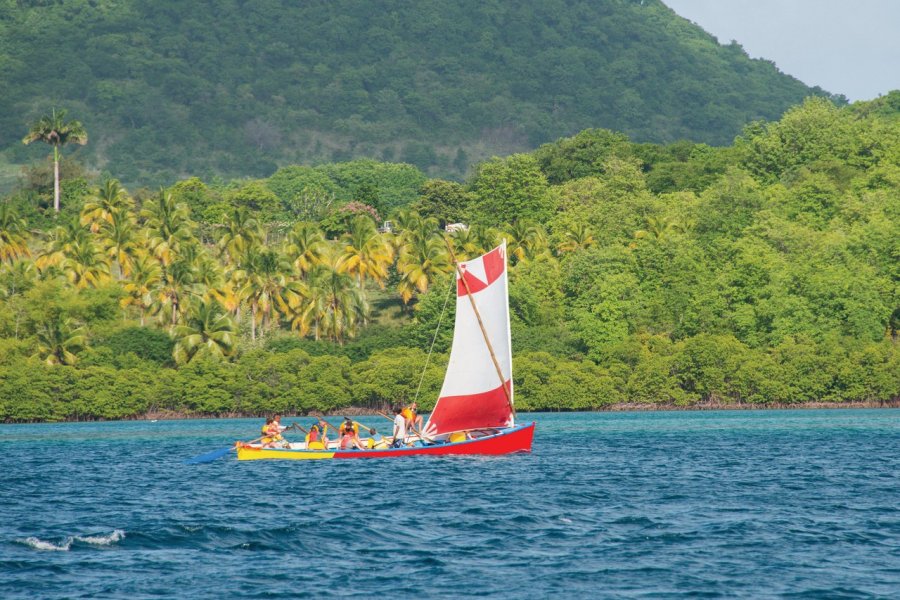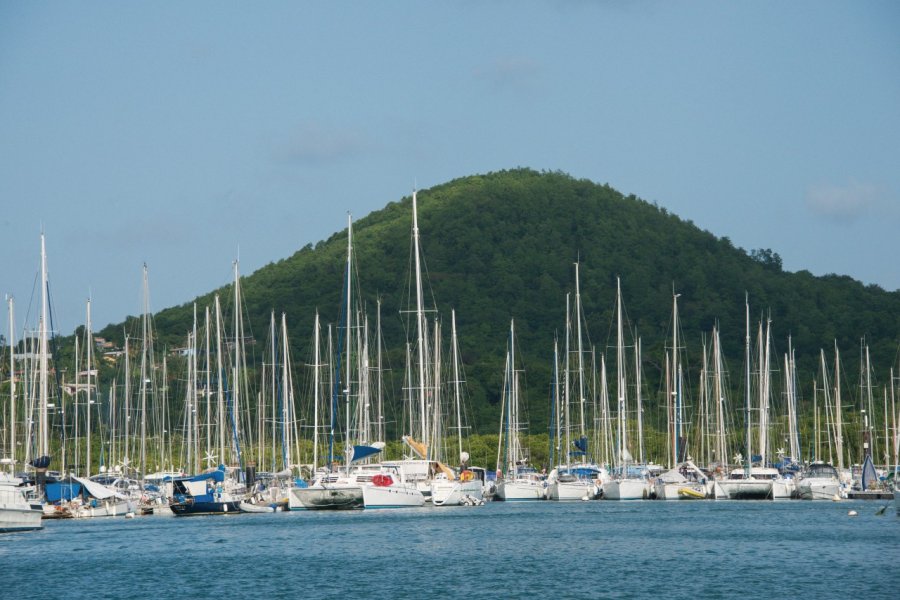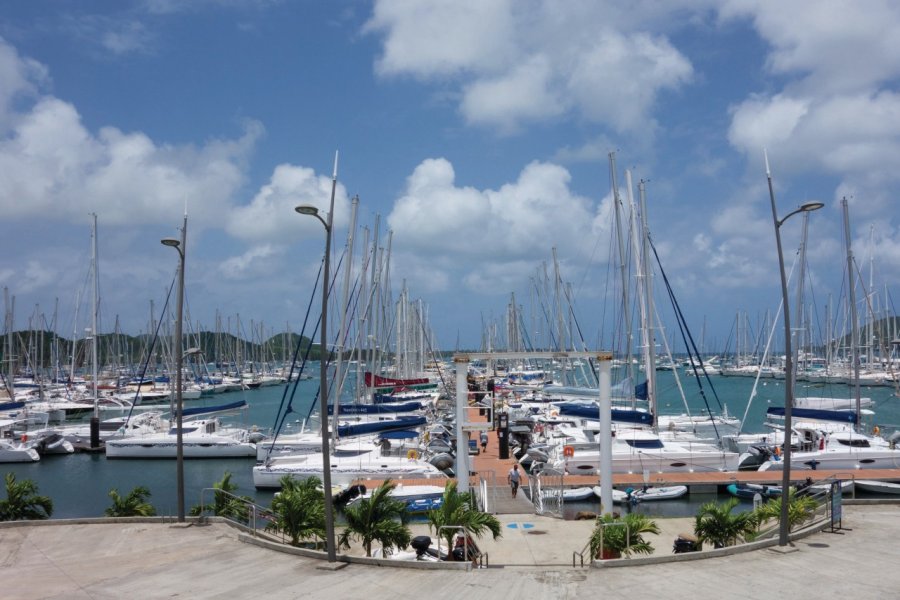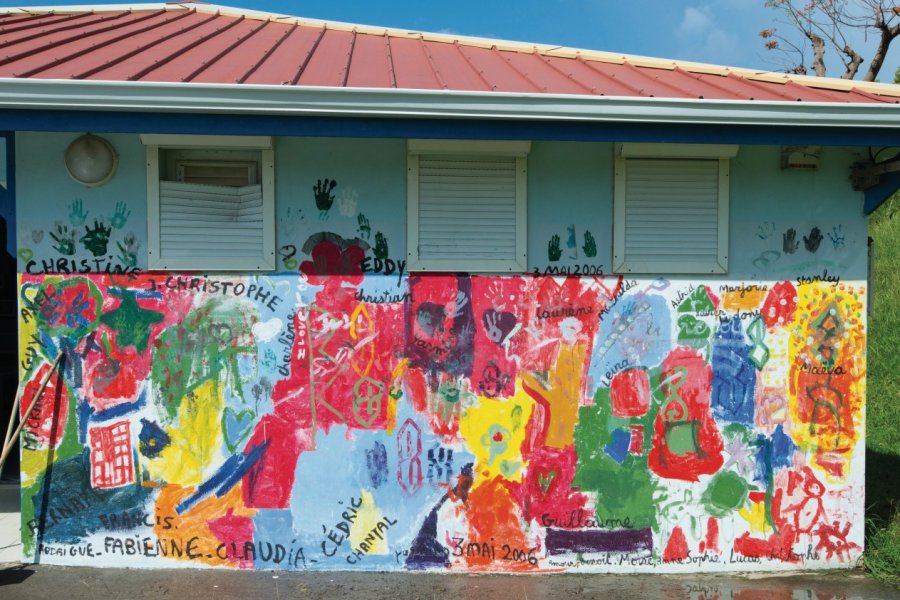Travel Guide Marin
Find an accommodation
Advertising
It was probably its formidable bay that attracted the Amerindians (of whom no trace has yet been found) and then the European settlers. The latter first named it Cul-de-Sac-de-Saint-Etienne-du-Marin. Like most strategic maritime points, Le Marin was exposed to an English attack in 1673: the town was ravaged. Reconstruction of the site was not completed until 1700, consolidating trade around the port. Further conflicts followed until the 19th century. The town of Le Marin became a commune in 1839, and was given a central factory in 1869. The plant was a driving force behind the region's economic activity, but closed its doors in 1969. Became a sub-prefecture in 1974 Became a sub-prefecture in 1974, the town is now very dynamic and welcomes many visitors, charmed by its pristine beaches and rich past. Don't hesitate to stroll away from the tourist marina to discover magnificent views over the bay, or dive into its clear waters to admire the sublime depths. Le Marin, whose town is dotted with red roofs, is the largest nautical base in the Caribbean, and has been awarded the "Station Nautique" label. A lively summer resort, Le Marin hosts a number of events and festivals.
What to visit Marin?
Suggested addresses Marin
Weather at the moment
Advertising
Organize your trip with our partners Marin
Transportation
Book your plane tickets
Car Rental
Boat rental
Accommodation & stays
Find a hotel
Holiday rental
Find your campsite
Tailor-made trip
Immersion travel
Services / On site
Activities & visits
Find a doctor
Marin travel inspiration
Find unique Stay Offers with our Partners
Pictures and images Marin
Other destinations nearby Marin
5 km away
25 km away

